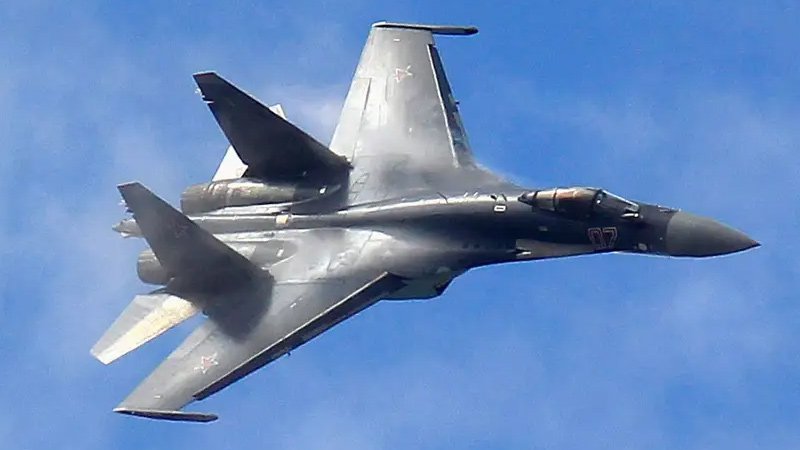Bob Wilbur, envisioning his retirement haven by Admiralty Bay on Whidbey Island, sought solace in the tranquility offered by nature’s embrace. However, the idyllic setting is marred by the thunderous presence of Boeing EA-18G Growlers soaring overhead, disrupting the serene atmosphere.
As these military aircraft conduct touch-and-go landings at Naval Air Station Whidbey Island, the deafening noise, comparable to a raucous rock concert, permeates daily life for residents like Wilbur. The incessant roar interrupts routines, hindering communication and compelling individuals to plan their activities around the jets’ flights.
Recent research from Medical News at the University of Washington sheds light on the profound impact of this noise pollution on public health. Published in the Journal of Exposure Science and Environmental Epidemiology, the study reveals that over 74,000 individuals are exposed to noise levels associated with adverse health effects.
Lead author Giordano Jacuzzi emphasizes the severity of military aircraft noise, highlighting its role in sleep disturbance, hearing impairment, and increased cardiovascular risk. The analysis, guided by community input, maps noise exposure across the region, revealing alarming statistics.
Two-thirds of Island County residents, including those in Oak Harbor and Coupeville, endure potentially harmful noise levels, along with 85% of the Swinomish Indian Reservation’s population. Alarmingly, an estimated 74,316 individuals face the risk of annoyance, with 41,089 exposed to disruptive nighttime noise and 8,059 susceptible to hearing impairment.
We found it striking that Growler noise exceeds the scientific community’s current understanding of the potential health outcomes. For this reason, our estimates of health impacts are conservative.”
Co-author Edmund Seto underscores the physiological toll of noise exposure, particularly the stress hormone response and the risk of hearing loss. The study underscores the gravity of the situation, envisioning disrupted sleep and compromised learning environments for children.
Community advocacy groups, such as Citizens of Ebey’s Reserve, have mobilized against the escalating noise pollution, prompting legal action against the Navy. Collaborating closely with researchers, they aim to raise awareness and address the detrimental effects of military aircraft noise on public health.
Jacuzzi highlights the distinct characteristics of Growler noise, characterized by its intensity, intermittence, and low-frequency energy. While commercial jet noise has been extensively studied, military aircraft noise remains relatively unexplored, despite its profound impact on communities.
Driven by mounting complaints and concerns, the study underscores the urgent need for action to mitigate noise pollution’s adverse effects. With growing acknowledgment of its impact, efforts are underway to safeguard public health and preserve the peace and tranquility of communities affected by military aircraft noise.





